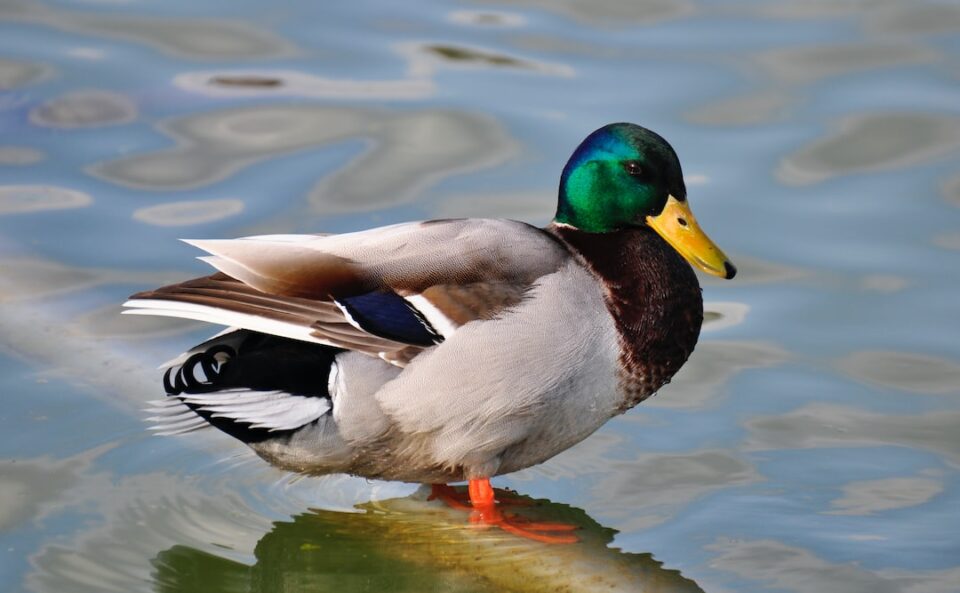How to Create a Safe and Enriching Habitat for Your Reptile
Reptiles are fascinating creatures that require a specialized habitat to thrive in captivity. With the right setup, you can create a safe and enriching environment that mimics their natural habitat and promotes their well-being. In this blog post, we will guide you through the essential steps to ensure your reptile’s enclosure is comfortable, stimulating, and most importantly, safe.
1. Research and Understand Your Reptile’s Needs: Before setting up an enclosure, it’s crucial to have a good understanding of your chosen reptile’s habitat preferences, dietary requirements, and natural behaviors. Each species may have unique needs, so researching their specific needs is essential. Consult reputable sources, books, or even contact local exotic pet stores or reptile breeders to gather accurate information.
2. Choose an Appropriate Enclosure: The size and type of enclosure play a significant role in your reptile’s overall well-being. A general rule of thumb is that the enclosure should be at least three times the size of your reptile’s adult size. Additionally, consider the material, adequate ventilation, and escape-proof design. Glass terrariums and PVC enclosures are popular choices due to their durability and ease of maintenance.
3. Temperature and Lighting: Reptiles are ectothermic, meaning they rely on external heat sources to regulate their body temperature. Mimicking their natural environment requires creating a thermal gradient within the enclosure. Install a heat source, such as a heat mat or ceramic heat emitter, at one end to provide a warm basking area. The other end should have a cooler area to allow your reptile to regulate its body temperature. Use a digital thermometer to monitor the temperature accurately.
In addition to temperature, reptiles also require proper lighting. Both UVA and UVB lighting are crucial for reptiles to synthesize vitamin D3 and metabolize calcium. Purchase full-spectrum lighting, specifically designed for reptiles, and ensure it covers the entire enclosure. Placing natural branches or rocks under the light source will allow your reptile to bask comfortably.
4. Substrate and Hideouts: Selecting an appropriate substrate and offering hiding spots is essential for a reptile’s comfort and security. Avoid using substrates that may cause harm if ingested, such as loose sand or small wood chips. Opt for reptile-specific substrates like coconut husk, reptile carpet, or paper towels.
Additionally, provide multiple hiding spots throughout the enclosure, mimicking natural crevices or caves. These hideouts can be created using natural rocks, hollow logs, or commercially available reptile hides. Having multiple hiding spots allows your reptile to feel safe and secure, reducing stress levels.
5. Furnishings and Enrichments: A barren enclosure can make a reptile’s life dull and stagnant. Add various enrichments, such as climbing branches, artificial plants, and rocks. These elements create a more natural and stimulating environment for your reptile to explore, climb, and exercise.
Introduce novel items periodically to keep your reptile mentally stimulated. This could include providing puzzle feeders or hiding food within the enclosure for them to forage. Remember to avoid any items that may pose a health or safety risk, such as sharp objects or toxic plants.
6. Feeding and Hydration: Providing a proper diet and hydration is crucial for your reptile’s overall health. Research the specific dietary requirements of your reptile and offer a balanced diet, including a variety of live or frozen prey items, such as insects, rodents, or vegetables for herbivores.
Hydration is essential to prevent dehydration, especially for desert-dwelling reptiles. Place a shallow water dish in the enclosure, ensuring it is easily accessible for your reptile to climb in and out without difficulty. Keep the water fresh and clean, changing it regularly.
By following these guidelines, you can create a safe and enriching habitat for your reptile. Remember that regular maintenance and observation are crucial for maintaining your reptile’s health. Consult with a reptile veterinarian to ensure your reptile’s environment meets their specific needs. With proper care and attention to their environmental requirements, your reptile will thrive and bring you joy for years to come.

